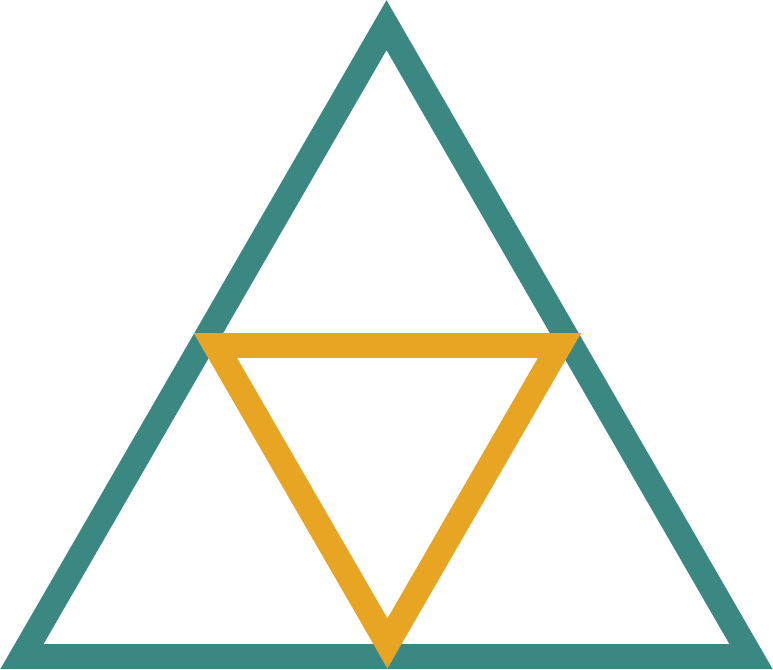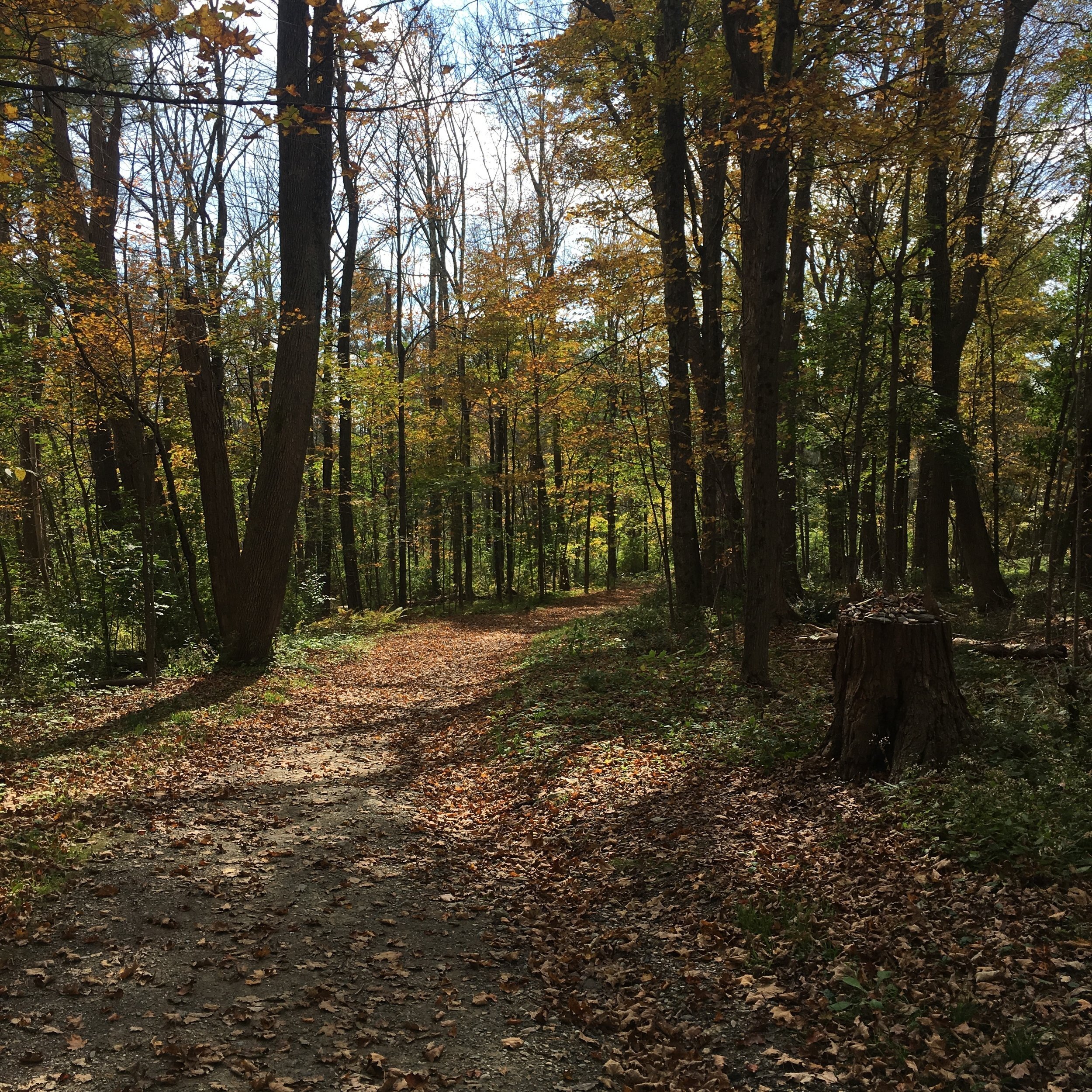Shifting the Paradigm in Chronic Pain Management
I walked into the lecture hall at the well-renowned Kripalu Center for Yoga & Health in Stockbridge, MA last week and I paused to soak in and feel what was about to take place. I found out about “A Chronic Pain-Management Conference for Healthcare Professionals: Shifting the Paradigm” randomly through a colleague's facebook posting and as soon as I read the program I knew I had to be there. I’d been wanting to visit Kripalu for quite some time and the content of this conference was EXACTLY what Enlighten PT is all about! The week was a passion project for Denise Barack, Director of Programming at Kripalu and it was the perfect integration of western research meets ancient holistic practices-- with a nod towards a retreat style experience addressing the self-care needs and burnout problem in health care professionals like myself.
My daily schedule read:
6:30am: Optional yoga class (or meditation on my own)
8:00am: Silent breakfast
8:30-11:30am: Keynote speakers on the forefront of chronic pain and yoga research
12pm: Mindful lunch
12:30pm: Walk around the woods, dance class, or sit under the elm tree
1:30-3:30: Lecture or panel discussion with the experts on pain science and yoga research
4-5:30pm: Pain-care yoga class with expert teachers in the field (I hope to be in that lineup next year!)
5:30pm: Delicious dinner, catching up with old friends, and meeting new colleagues who share my passion for caring for our patients with yoga-based approaches
7:30-9:30pm: Small breakout sessions including self-care for provider burnout.
10:00: Journal and lights out
My days were packed and there was A LOT to take in, but I wanted to share some highlights and takeaways.
Day 1
When Denise opened the conference on Sunday evening I couldn’t help but to let a few tears roll down my face as I felt what she was saying was true, “that this week would be an incredible opportunity to be part of what we need in health care- a radical shift in how we treat chronic pain.” I marveled as I sat in the main hall with a “radical” group of physicians, doctors of osteopathy, nurses, physician's assistants, physical therapists (including my physioyoga crush, Shelly Prosko B.Sc, PT, PTY, CPI, and my PT school classmate Catherine Lewan, DPT), occupational therapists, psychologists, yoga therapists, and administrators. We assembled because we all know there’s a missing link in traditional health care and chronic pain management right now, we know our patients deserve better, and we appreciate that in order to serve others most effectively we have to take care of ourselves too. It touched me to be in the presence of friends and colleagues who care like I care and who incorporate yogic philosophy (not just the physical practices) into their practices.
Day 2
Lorimer Moseley, DSc, PhD is the clinical and research physical therapist most likely to cause swooning at a pain conference these days. Almost everyone I know in the field has a big old nerd crush on Lorimer- and for really good reason! He’s co-author of Explain Pain, Explain Pain Supercharged: A Clinician’s Manual, and a bunch of other books geared towards patient and clinician education about chronic pain science (hint: learning about pain science alone can actually reduce pain!). I’ve been using Explain Pain and his pain TED TALK with my patients for years now and his ability to create narrative and bring humor into pain education and pain science is remarkable (and swoon worthy if that’s the sort of thing that turns you on). Lorimer’s research and pain education focus on the brain, the ENTIRE nervous system, and individual as a whole in treating in chronic pain. He stresses that creating an environment for the individual and their nervous system that maximizes safety and minimizes danger is the most important way to allow for healing and proper management of chronic pain. His work is fascinating and worthy of it’s own blog, for sure, so stay tuned! In the meantime checkout Tamethebeast.org for a fantastic video about chronic pain.
Day 3
Fadel Zeidan, PhD opened the morning with a discussion on the latest research related to mindfulness meditation practices and chronic pain. Mindfulness practices are trendy these days and there are many ways to practice being mindful. In addition to providing a great deal of neurophysiology, Dr. Zeidan discussed the Taoist theory of the “second arrow” to show where mindfulness comes in handy with chronic pain management. For those of you not familiar with the second arrow concept- it’s essentially that we have 2 reactions or “arrows” for any given situation. With chronic pain we have an initial physical arrow (the initial noxious stimuli) and then our a mental arrow (our experience of pain, our thoughts about the pain, our judgements about the pain experience). Dr. Zeidan presented quite a few research studies showing mindfulness meditation’s positive effect in producing analgesia and decreasing pain intensity/unpleasantness from the “top down”. Mindfulness meditation was shown as a way shift the “second arrow”- our experience of pain which is essential to improved quality of life especially in someone experiencing chronic pain or stress.
Day 4
Sat Bir S. Khalsa, PhD, assistant professor of medicine at Harvard Medical School at Brigham and Women’s Hospital, and Research Director for Kripalu presented a brilliant lecture citing the growing body of evidence emerging on the psychophysiologic effects of yoga. The takeaway from his lecture was that we have to remember that yoga is a multi-limbed system and that clinicians should include breath regulation, meditation, and deep relaxation in addition to the physical postures in order to effectively and holistically treat chronic pain.
Day 5
Marlysa Sullivan, PT, C-IAYT from Maryland University of Integrative Health blew my mind with her lecture and pain-management yoga class. She too, touted the need for using the whole yogic system in treating patients with pain, but tackled the topic from the perspective that “Connection Heals”. She presented research supporting that positive neurophysiological changes occur when there is a sense of connection and eudaimonic well-being present- often achieved through yoga and through interaction with us as providers. She discussed the poly-vagal theory and emphasized that our interventions (yogic or not) need to be focused on activation of the parasympathetic nervous system by creating a safe environment that allows for a wider range of emotions to be accessed (and this is key to regulation of chronic pain). My favorite slide of the week came from her lecture and read that, “the clinician can therefore be seen as the neuroarchitect, sculpting the flow of energy and information, both within themselves and between others, to rewrite the brain towards a state of integration”! It’s such good stuff and so inspiring! Her yoga class beautifully integrated the scientific and research based topics she taught in lecture all the while sculpting a safe and nurturing environment that let me fall into a deep deep savasana!
Day 6
We closed the conference with a sweet group meditation and a reflection on what we all would take away from the week. This is what I wrote down:
“My intention is to create space for myself and my patients- space enough to allow for feeling, softening, and flowing with ease.” I look forward to bringing this intention into my private treatment sessions, my workshops, and my retreats coming up. I’m excited to see what will unfold!


